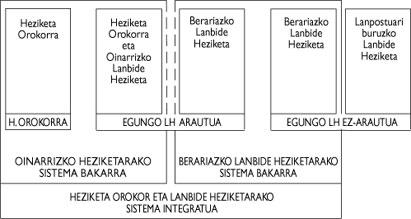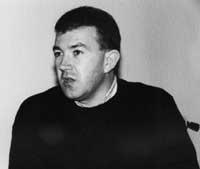CEIDA: Ecology for culture
1993/06/01 Aizpurua Sarasola, Joxerra Iturria: Elhuyar aldizkaria
The Eskolatik Eskolako project has shown that the institutionalization of environmental education is possible. At the same time, we have had the opportunity to meet some entities and people working in this field. Among other things, as a consequence of the most direct relationships with our colleagues at CEIDA, we have come to them to know their purposes better.
When we talk about Josetxo Alvarez and Mariasun Fernandez, we summarize his words in the following lines.
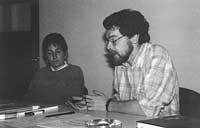
IIHII-CEIDA was founded in 1990 with the signing of an environmental education agreement between the Department of Education of the Basque Government and the Department of Environment. The first provided the teaching staff and the second provided material means. On June 5 of that same year the first center was inaugurated in Txurdinaga. Although initially it was the expansion of 9 IIHII-CEIDA, currently only 3 are open: that of Txurdinaga, Legazpi and Basauri. Soon a new one is expected to open in Vitoria-Gasteiz and seems to be enough for the moment.
On the part of the staff, seven are working on the CEIDA mentioned and although we have seen nothing more than that of Txurdinaga, it seems to us that they are very well equipped and material means.
The role of the IIHII-CEIDA is fundamentally related to the world of education. Except for university education, all levels of education are subject to CEIDA. Behind the word teaching must be taken into account regulated and unregulated studies. Along with the official centres, there are a large number of environmental bodies and working groups.
The activity or services offered by CEIDA may be of different nature. Five main lines can be distinguished.
The first is information, which is done in two ways. On the one hand, information will be provided on CEIDA and Environmental Education and, on the other, on the educational possibilities offered by the environment. For this, among others, the IHITZA newsletter is sent to 1,800 centres and more than 700 people.
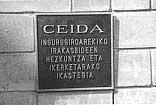
The second is sensitizing people. The objective is to sensitize the Educational Community on the need to adopt the approaches derived from Environmental Education. This creates different types of campaigns. The international project being carried out together with Elhuyar “Eskolatik eskolako” is one such campaign.
The third is coordination. The objective is to coordinate the people working in Environmental Education and the activities that are carried out. Coordination is carried out at the international, state and Basque level. An example of this is the “Meeting of Environmental Education”.
The fourth is formation. The objective is to respond to the environmental training needs of teachers. Courses of initiation, development and deepening are taught at different levels.
The fifth corresponds to resources. The objective is to create, adapt and collect resources and materials to work in the field of Environmental Education. For this there are different services such as video library, newspaper library and libraries on the one hand and preparation of materials on the other.
Today, with the implementation of a reform in teaching, there are great needs in curriculum. Environmental education has been considered a cross-cutting line, so it should be integrated into other curriculum topics. This vaccination is one of the greatest difficulties, since together with the appropriate materials, teachers must be educated. Although it has been a short time since the reform began, some sessions have already been held. These sessions, as CEIDA members told us, are being studied and in some cases have felt the temptation to turn the environment into one more subject.
However, when we asked the friends of CEIDA what Environmental Education is, after a silence, the answer was:
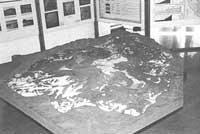
“When we talk about the environment we should not understand the empty nature. There are the living space, the ecosystem, waste, resources... all of them are both nature, politics and economy. Environmental education should therefore be extended to all activities of society. For this, on the one hand, the collection of information and its dissemination in society, on the other, the definition of procedures based on such information and, finally, the change of attitudes”.
At the end of the interview we talked about the fruit of the journey to date. The truth is that we all participated in the debate on this issue and all kinds of opinions were presented. However, although the industrial crisis may have to do with cleaning the environment, the results will come from the work that is being carried out with the younger generations and for this we will need a few years.

Gai honi buruzko eduki gehiago
Elhuyarrek garatutako teknologia





